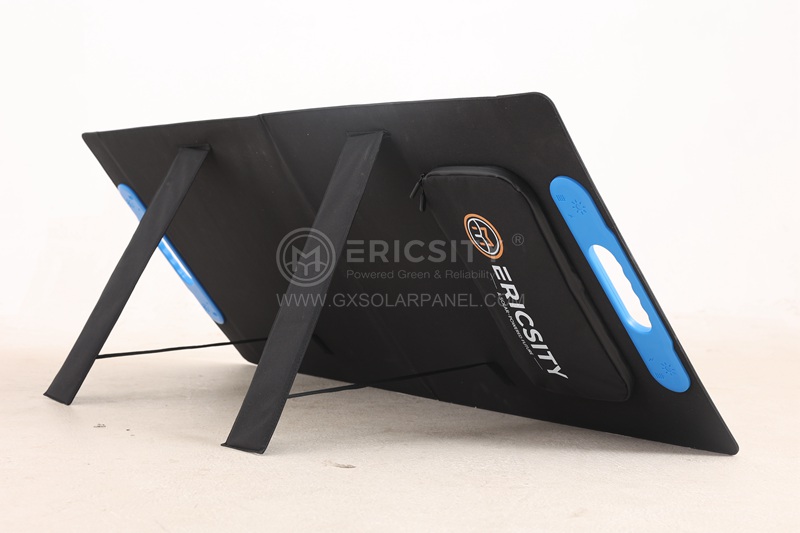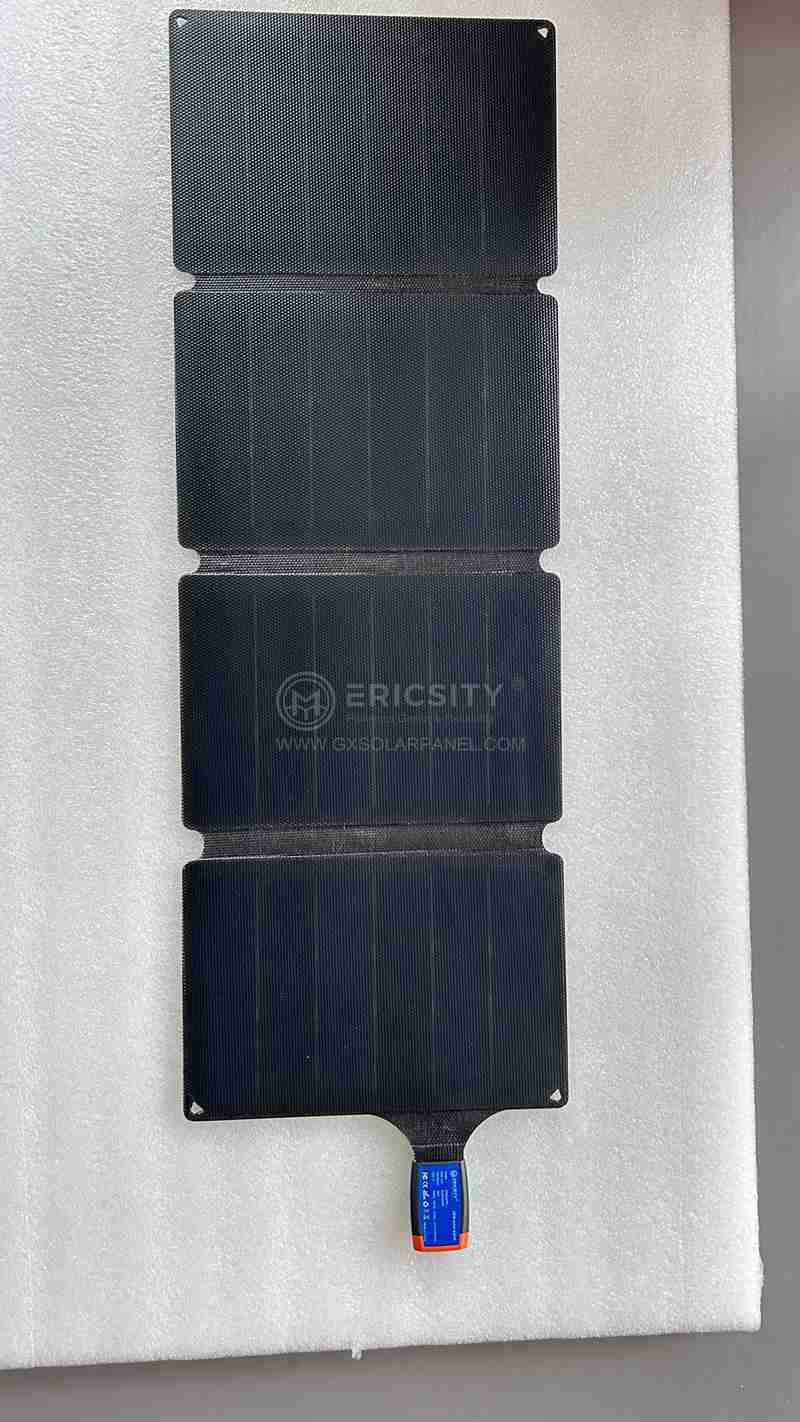HOT PRODUCT
Product Details
Solar Panel Price Trends: What To Expect For 165 Watt Panels
Solar Panel Price Trends: What To Expect For 165 Watt Panels
Solar energy has gained significant attention in recent years as one of the most promising sources of renewable energy. The increasing affordability and efficiency of solar panels have made them an attractive investment for homeowners and businesses alike. In this article, we will explore the price trends for 165 watt solar panels, providing insights and expectations for potential buyers.
Over the past decade, the cost of solar panels has decreased significantly. According to industry experts, the price of solar panels has dropped by an impressive 80% since 2010. This reduction can be attributed to various factors, such as technological advancements, economies of scale, and government incentives.



Looking specifically at 165 watt solar panels, the pricing trends follow the general trajectory of the broader solar panel market. Prices have steadily declined over the years, making solar energy more accessible and cost-effective. While the exact figures may vary depending on region and manufacturer, the average cost of a 165 watt solar panel in 2010 was around $2.50 per watt. In contrast, the price today hovers around $0.80 to $1.00 per watt.
The decreasing prices of solar panels can be attributed to technological advancements that have improved panel efficiency and reduced production costs. Manufacturers have been able to achieve higher conversion rates, allowing panels to produce more electricity from the same amount of sunlight. Moreover, innovations in manufacturing processes and materials have streamlined production, resulting in lower expenses and driving down prices.
Another factor contributing to the declining prices is economies of scale. As demand for solar panels has increased, manufacturers have scaled up production, leading to lower costs per unit. This trend is expected to continue as the global demand for renewable energy rises and the manufacturing processes become more efficient.
Government incentives also play a significant role in determining the price of solar panels. Many countries offer subsidies, tax benefits, or feed-in tariffs, which can significantly reduce the upfront costs of installing solar panels. These incentives have encouraged greater adoption of solar energy and helped drive down prices further.
When considering the future price trends for 165 watt solar panels, experts predict that the downward trajectory will continue. As solar technology advances further, the efficiency of panels is expected to improve while costs continue to decline. Additionally, the increasing demand for renewable energy and the inclusion of solar power in national energy strategies will likely drive further economies of scale.
Moreover, advancements in energy storage technologies, such as batteries, are becoming more affordable and practical. Energy storage solutions allow for the utilization of solar electricity during non-sunlight hours, increasing the overall value and attractiveness of solar panel installations. This development is expected to further boost the demand for solar panels, potentially leading to additional price reductions.
In conclusion, the price of 165 watt solar panels has followed the broader trend of decreasing costs in the solar industry. Technological advancements, economies of scale, and government incentives have all contributed to this decline. Looking ahead, experts expect prices to continue decreasing as solar technology improves and demand continues to grow. As a result, solar energy will become increasingly accessible and affordable, providing a sustainable and cost-effective alternative to traditional energy sources.




